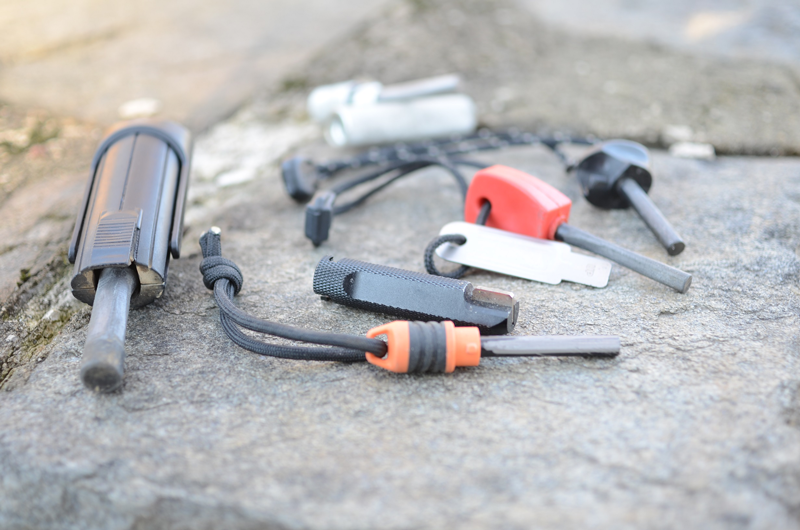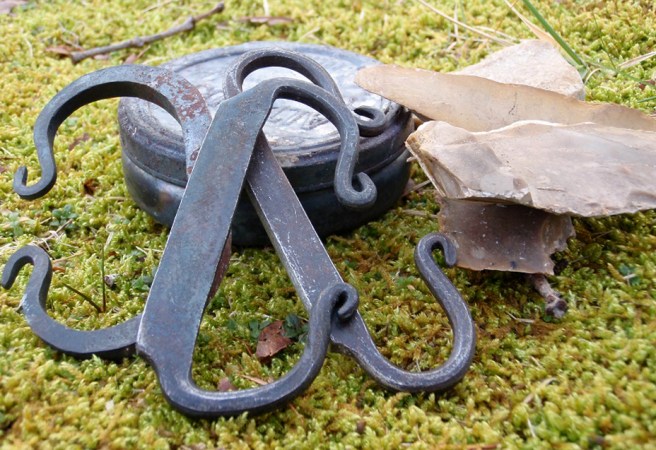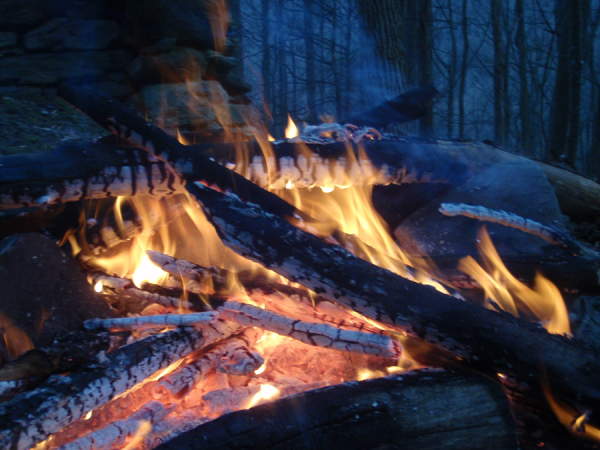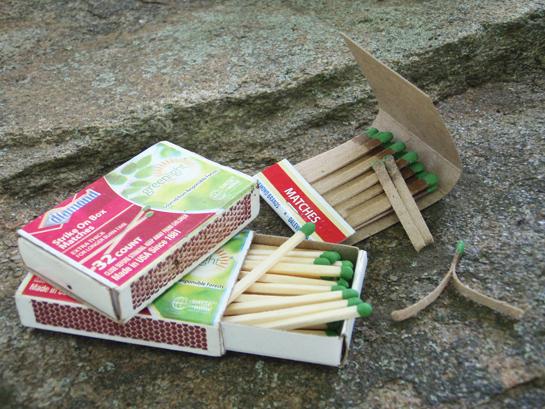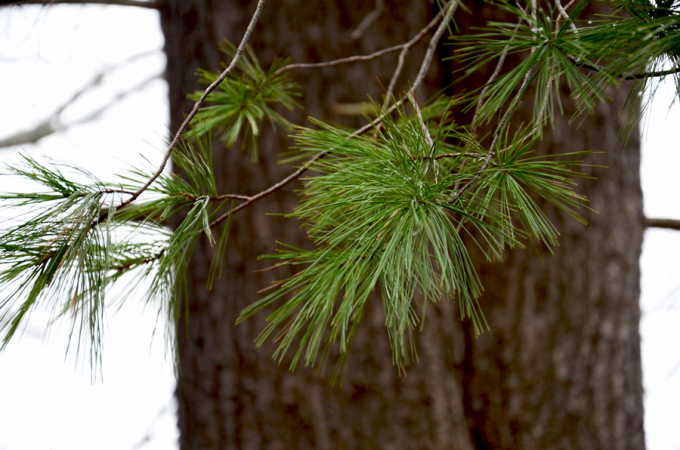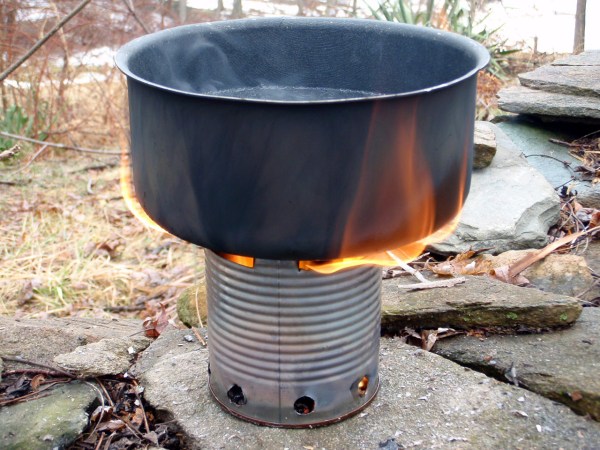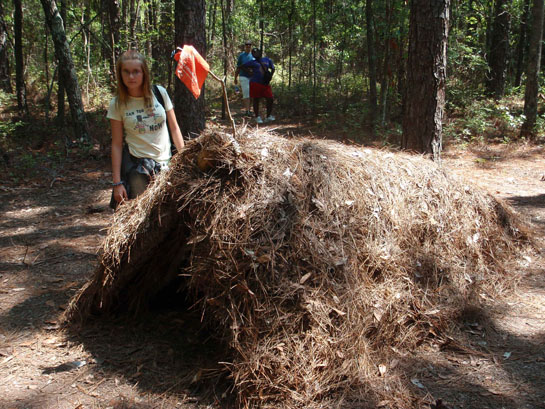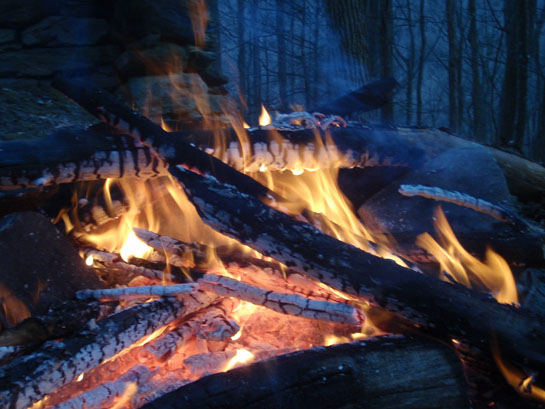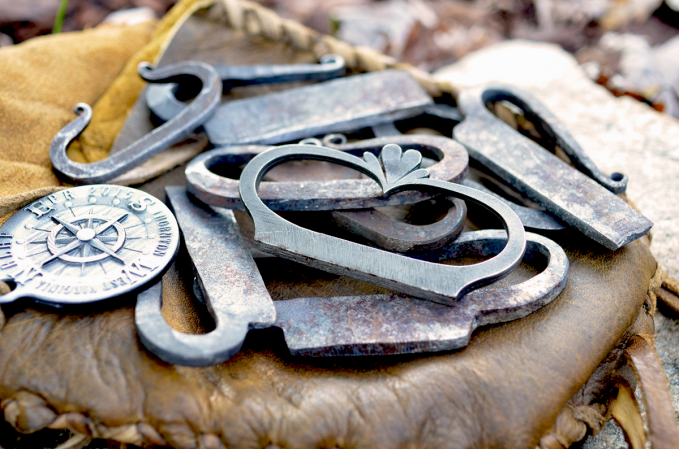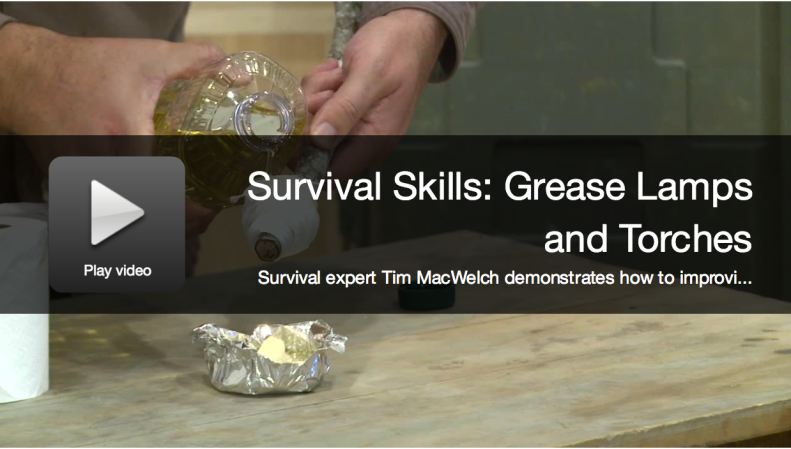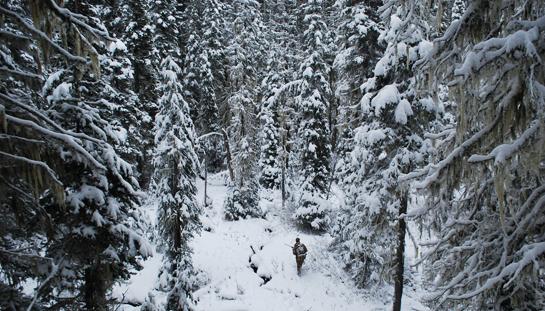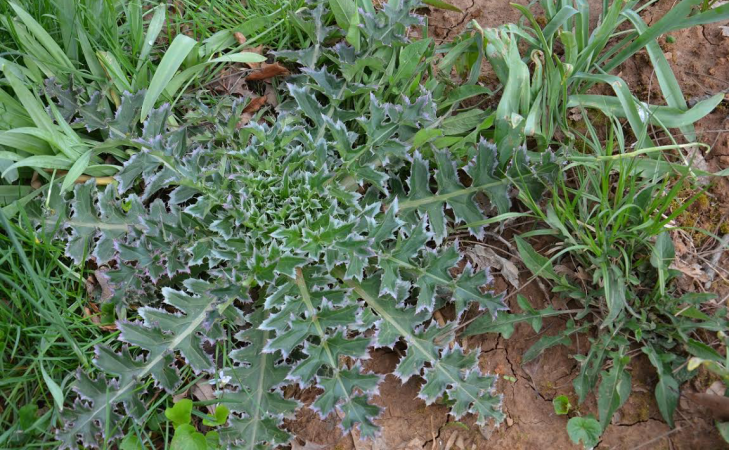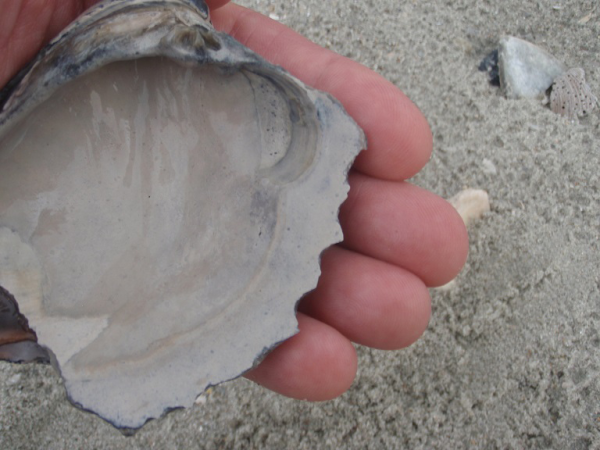Ferrocerium rods are a favorite fire starter among many outdoor and survival enthusiasts. Ferrocerium is a man-made metallic material that produces sparks in excess of 3,000 degrees Fahrenheit when it’s scraped with a rough surface or a sharp edge. The ferrocerium recipe varies by manufacturer, but it’s generally 50 percent cerium, 25 percent lanthanum, and 19 percent iron, with small amounts of praseodymium, neodymium, and magnesium. The most common use of this material is as the flint in cigarette lighters. And while a butane lighter may work best in most fire-starting situations, a “ferro rod” makes a great back-up. Here are three things to keep in mind when using a ferro rod to start a fire.
Pick The Best Tinder: It might seem odd to use natural plant fuzz as tinder, but it is truly one of your best choices for getting a flame started, and works as well as cotton balls or drier lint. These fibrous and fluffy materials of botanical origin are the perfect fuel to allow the sparks to “stick” and begin burning. Cattail seed down, goldenrod fluff, and milkweed down are among my favorites to use. Just collect a little bit when it’s dry, and store it in a water-tight container for use in fire starting.
Move The Rod, Not The Scraper: Rather than pushing the scraper against the rod toward your tinder, pull the rod across the scraper toward yourself. You’ll still provide a hot shower of sparks, but avoid knocking your tinder all over the place with your follow-through.
In The Deep Cold: Can’t get your butane lighter to work at 10F? That’s because butane will begin to gel once temperatures get into the teens. If the butane gels, you may be able to warm it up by placing it inside your clothing for a while. Or you could just move to your ferrocerium rod, which are unaffected by temperature extremes, and even work when wet.
How do you use your ferro rods? Tell us your method by leaving a comment.
